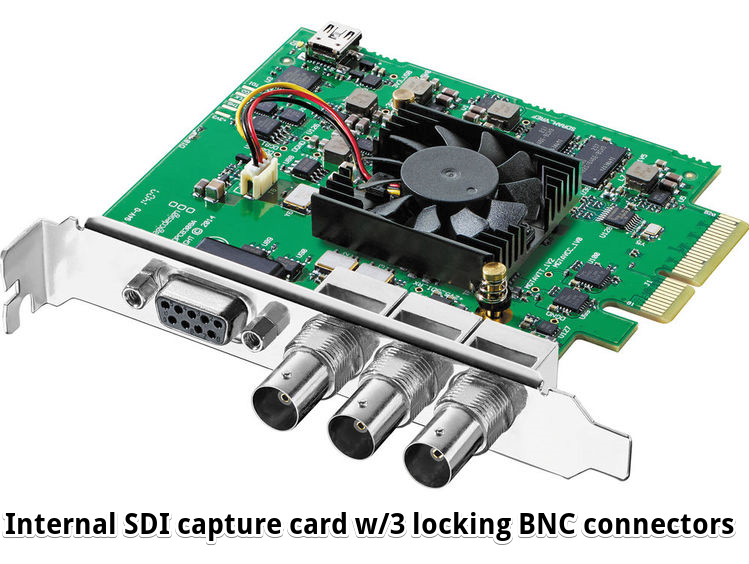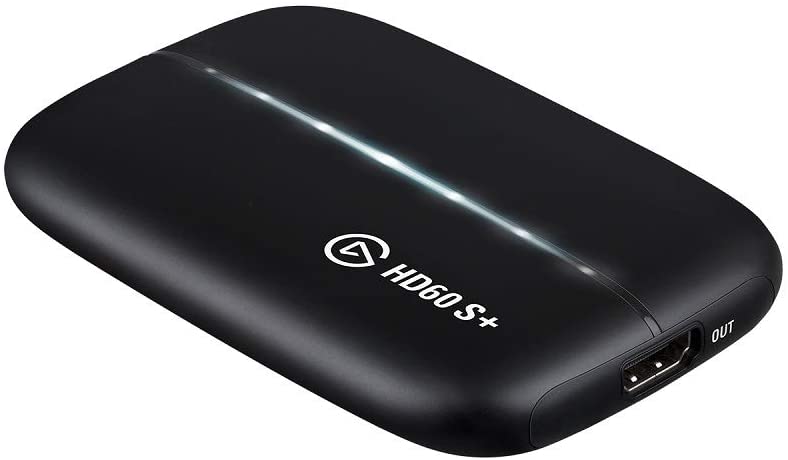Video Capture Cards
What is a Video Capture Card?
A capture card can be an internal or external device that is capable of “capturing” the video signal from either single or multiple camcorders, tablets, or other devices for use in streams. The device typically has a minimum or two (2) ports (input/output) that connect the video device via SDI (Serial Device Interface) or HDMI (High Definition Multimedia Interface) cables.
HDMI
HDMI is a video standard commonly used in consumer or small professional environments. HDMI sends uncompressed video along with embedded audio signals up to a distance of around 50 feet without needing a signal amplifier to boost the signal to another cable. Increasing this distance requires the installation of a converter that sends the signal over a less expensive CAT5e (CAT6 preferred) cable for a length of up to around 400 ft.
SDI
SDI is a professional video signal that is preferred in production environments due to its reliability and its ability to reach longer distances (up to 300 ft) without an amplifier. SDI is sent along BNC cables with specialized connectors that lock onto the devices they are attached to. HDMI cables do not lock, and can therefore be easily unplugged if stepped on or tripped over.
For beginners, DVI or HDMI connections for video getsthe job done. Most people wont’ be moving their home studio equipment around all that much.
Broadcasting at a desk with a webcam atop a monitor or small tripod eliminates the need to have wires laying out in open areas, so trip hazards or connectors coming apart from time to time aren’t usually an issue.
Elgato HD60 S+, External Capture Card
Stream an dRecord in 1080p60 HDR10 or 4k60
Capture your gameplay in superb 1080p60 HDR10 quality
Play your high-fidelity console games in original format thanks to 4K60 HDR10 zero-lag pass-through
Power your workflow with ultra-low-latency Instant Gameview technology
Record unlimited footage directly to your hard drive
Use Flashback Recording to save footage retroactively


 Powered by AIOFlow™
Powered by AIOFlow™